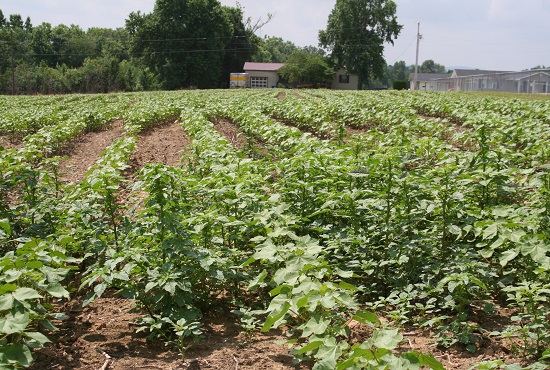Uzbekistan Studying Better Water and Land Use Practices
More than 50 years ago, Uzbekistan (then a part of the Soviet Union) diverted two rivers from the Aral Sea in an attempt to jumpstart cotton production through improved irrigation. The project backfired with severe consequences in Khorezm , a large oasis region on the Amu Darya river delta, when the sea shrank by almost 70 percent and the already-dry land became salinized, according to a story published in The Guardian.
Although it is the world’s second-largest cotton exporter, Cold War-era farming practices in Uzbekistan continue despite being poorly suited to the type of small-scale cotton growing that is being done today, the story continues. However, a new initiative seeks to remedy that problem by promoting sustainable land and water use practices, part of which includes planting trees inside the irrigated farming areas. The project is jointly managed by Germany’s Ministry of Education and Research, Bonn University’s Centre for Development Research, the United Nations Educational, Scientific and Cultural Organization (Unesco) and the Uzbek Ministry of Agriculture and Water Resources.
Some farmers have dedicated parts of their cropland to the project’s experiments for as long as eight years. Although they are technically considered independent operators, growers must lease their land from the state, and everything proposed in the project ultimately will have to be approved by local and national government officials.
Early results are promising, however, with simple strategies such as crop rotation and using less (but more targeted) chemicals already having a positive impact on growing practices.








